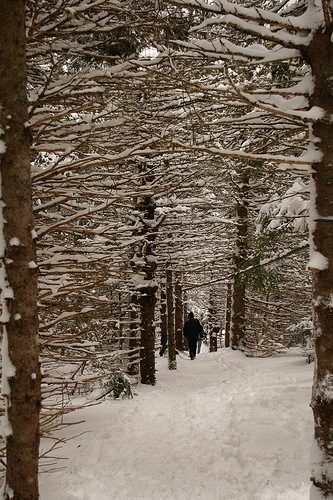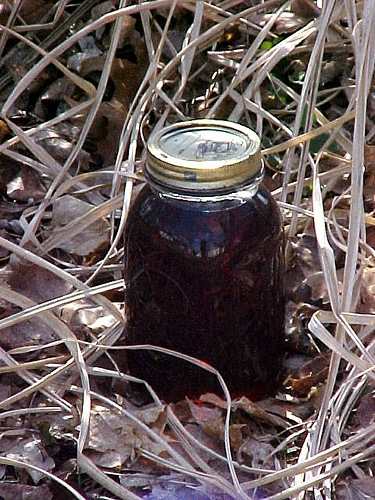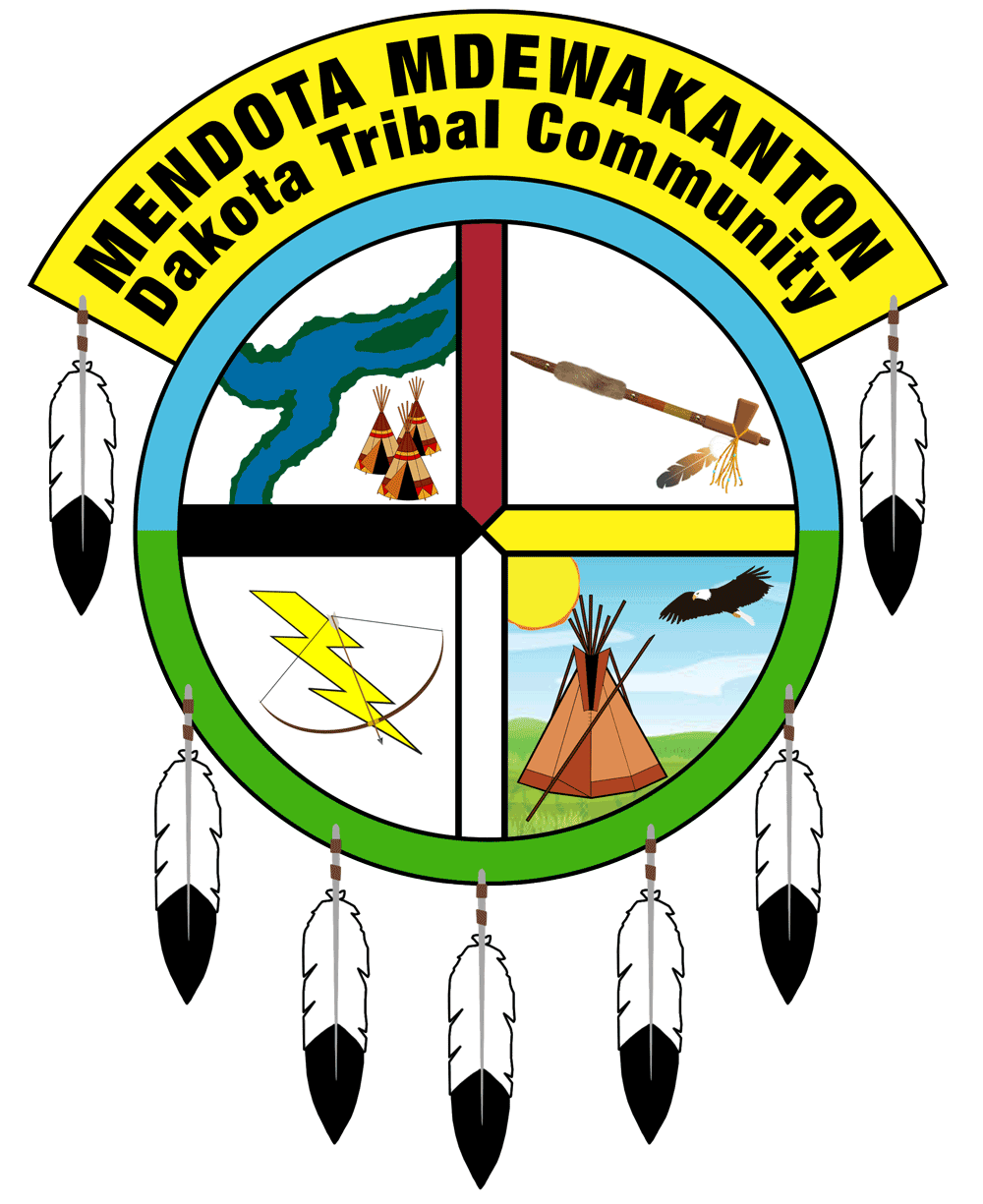History of Maple Sugar and Maple Syrup
The first people to make maple sugar were the Native American tribes of the Northeast, who used it as a flavoring for breads, stews, teas, and vegetables. Native Americans also traded maple sugar for other products they needed. The French and English colonists were delighted with the taste of maple sugar, and eventually they learned the process of making it from the Native Americans. Maple sugar became the principal sweetener in North America. (Native Americans and colonists could not store maple syrup easily, so they used the dry form.) When cane sugar was introduced, New Englanders still preferred maple sugar because it was much cheaper and did not involve West Indian slave labor.
Once a staple of American life, the sweet products of the maple tree are now specialty items. Over the years, the price of cane sugar fell dramatically, and now cane sugar is the variety most Americans use every day. The popularity of maple syrup keeps Vermont sugarhouses going.

As anyone who has ever tasted it knows, genuine maple syrup has a taste and texture that the imitations just cannot match. (In Quebec, cheap imitation maple syrup is called “sirop de poteau” or “pole syrup”, suggesting that it was made by tapping telephone poles. We couldn’t agree more.)

This time of year many people hang buckets on the trees, drill a hole in the trunk,and collect the sap to make Maple Syrup, one of the most important products of our region.
50 gallons of sap and several hours of boiling equal one gallon of syrup. The weather conditions have to be just right for the “sap to run”. The night temperatures have to be below freezing, and the day temperatures above freezing. Rain helps. In recent years tent caterpillars have plagued maple forests making the trees less productive, more prone to disease, or killing the trees outright. These reasons are why it is so expensive.
Yesterday I bought a gallon of syrup from my good friend who has a “sugar bush” or forest of maples. It cost $30. American dollars. That is on the lower end of the scale as to cost. But I am sure you can see why it is like liquid gold.
Here is an interesting article on the making “Zeezibahkwat” or Maple Syrup, also called “Ziinzibaakwad” and “Sinzibukwud“

